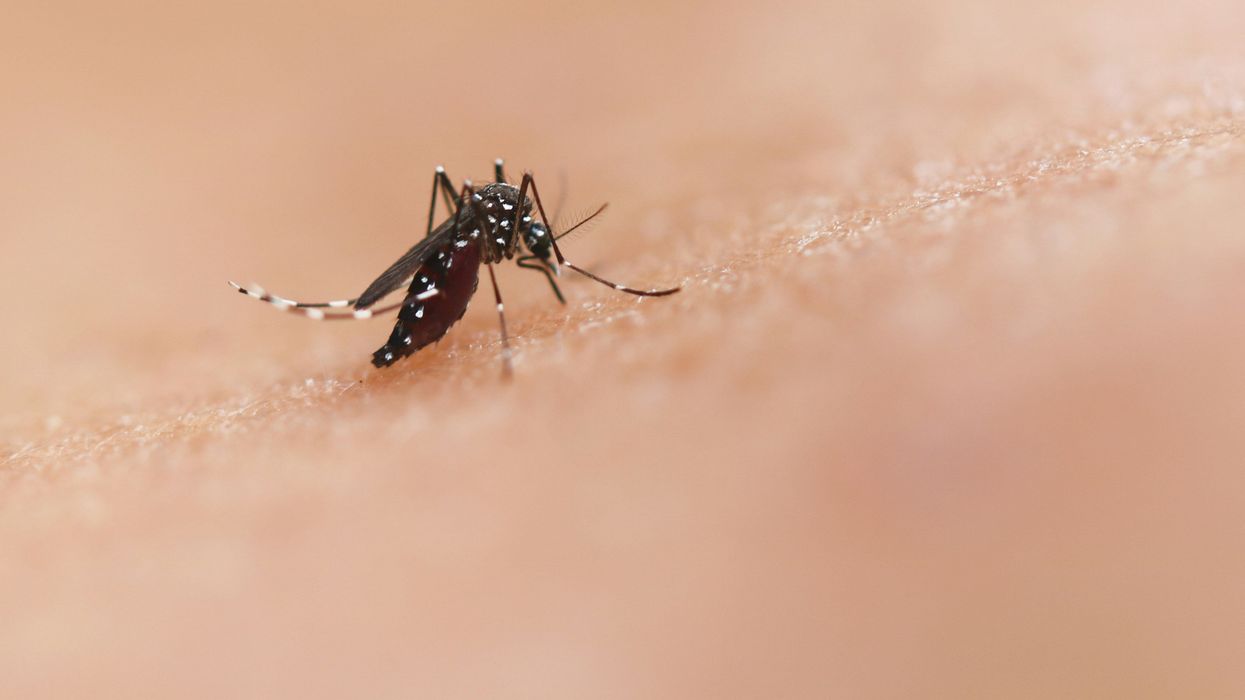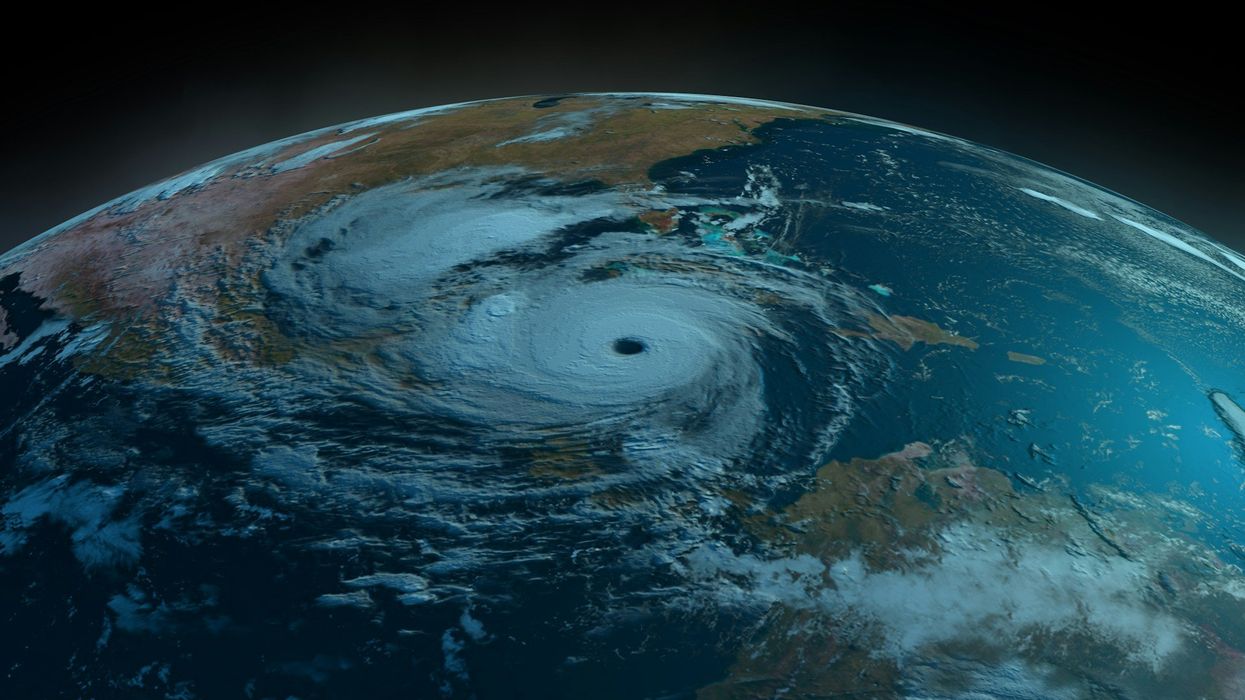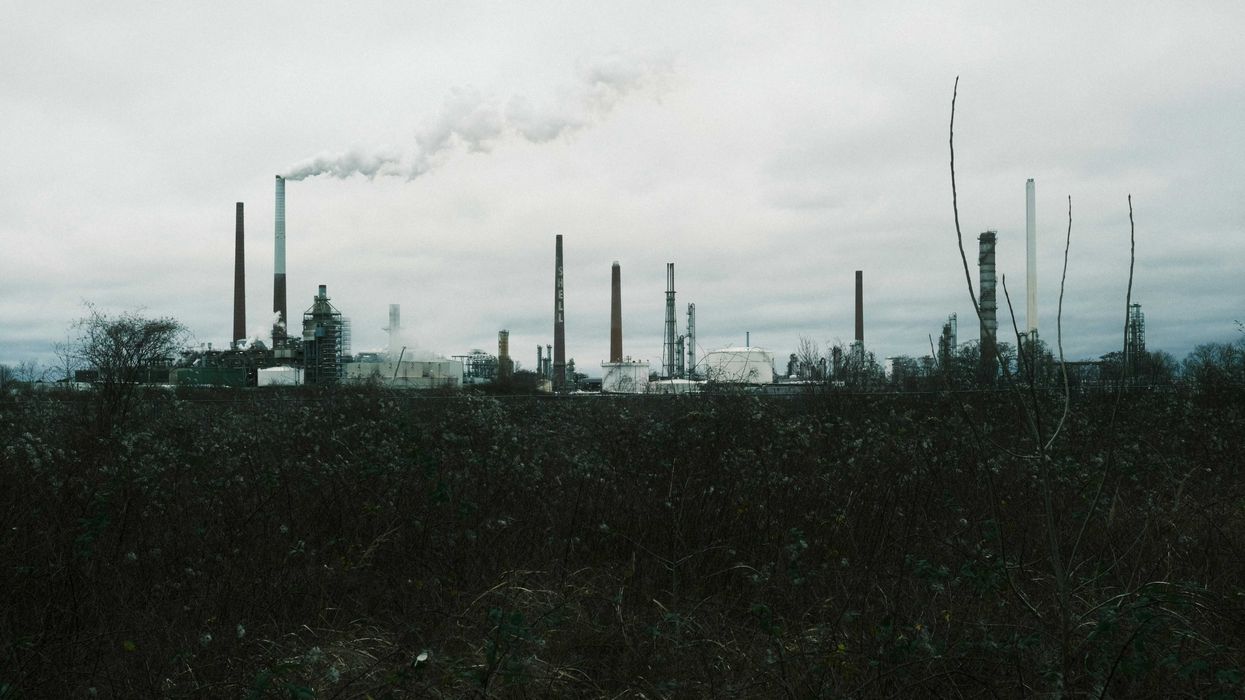A shift in how the U.S. Environmental Protection Agency defines “waters of the United States” (WOTUS) could scale back Clean Water Act protections, with major consequences for wetlands, streams, drinking water, and flood control.
Brian Bienkowski reports for The New Lede.
In short:
- The EPA and Army Corps of Engineers issued a memo in March narrowing the Clean Water Act’s scope following the Supreme Court’s Sackett v. EPA decision, removing protections for wetlands connected by ditches or culverts.
- Industry groups such as homebuilders and agricultural associations support the change, citing long-standing confusion and regulatory burden, while tribes and environmental advocates warn it weakens water safeguards and threatens treaty rights.
- Over half of Iowa’s rivers and streams and two-thirds of its lakes are already impaired, largely due to agricultural runoff, with many affected waterways serving as sources of public drinking water.
Key quote:
“Removing a large number of both wetlands and streams from those basic protections will bring us back to a period of water insecurity that Americans have forgotten and probably do not want to relive.”
— Jim Murphy, director of legal advocacy, National Wildlife Federation
Why this matters:
When the federal government pulls back protections under the Clean Water Act, the effects ripple. Many small and seasonal streams feed into the rivers and lakes that supply drinking water for millions of Americans. Wetlands, often dismissed as inconvenient swamps, play a key role in absorbing floodwaters, filtering pollutants, and sustaining biodiversity. Without federal oversight, states with powerful agricultural lobbies may struggle — or decline — to regulate pollution from fertilizer and manure runoff. In places like Iowa, this means more nitrates in drinking water, a chemical linked to birth defects and cancer.
Meanwhile, tribal communities with already limited authority over their water may find themselves increasingly sidelined. The Trump administration’s tighter interpretation of WOTUS may simplify regulations for some industries, but it also puts ecosystems and public health at greater risk, especially as climate change increases the frequency of floods and droughts.
Related:














